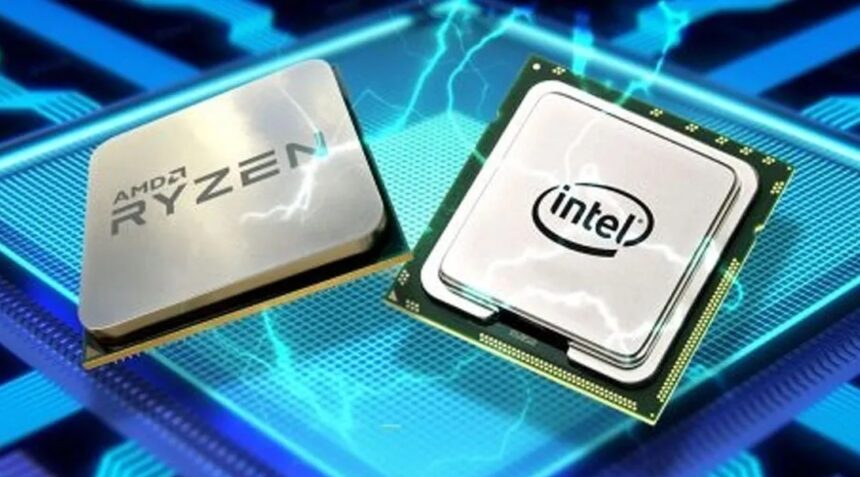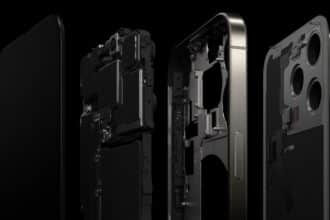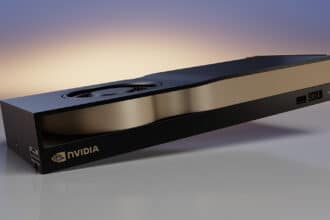Based on data from Susquehanna, Intel seems to be holding up better than AMD in the overall PC market. The highly competitive general PC portfolio of Intel vs AMD is one of the primary factors cited for Susquehanna’s recent revision of its rating of Intel Corporation from negative to neutral.
Although AMD’s Ryzen CPUs have enjoyed many years of supremacy over Intel owing to being highly competitive in terms of speed and affordability, the most current alternatives appear to be the reverse of what the business had previously planned out. On the other side, Intel is said to have its 12th and 13th Gen CPUs positioned more competitively, which will cause AMD’s share of the PC industry to decline.
Although AMD did achieve a staggering 30% market share for all x86 processors, which was a major accomplishment for the firm, it is now concentrating more on its EPYC server business, which might result in a decline in the total market share for Ryzen CPUs.
Comparatively, Intel has supplied multiple SKUs in the sub-$250 US pricing bracket, and their AM5 platform continues to be significantly more cost-effective than AMD’s. Despite the release of newer X3D chips and the business giving various incentives, coupons, and discounts through its dealers to sweeten the AM5 platform for customers, the AM4 platform continues to dominate in terms of sales, with Ryzen 7 5800X3D still selling like hotcakes.
Yet, not everything is rosy for Intel (yet). The Emerald Rapids-SP is the projected successor to the Sapphire Rapids-SP, although it will only launch on 1S / 2S platforms by the end of this year due to intense competition from AMD’s EPYC Genoa, Bergamo, and Genoa-X CPUs, all of which will ship this year.





